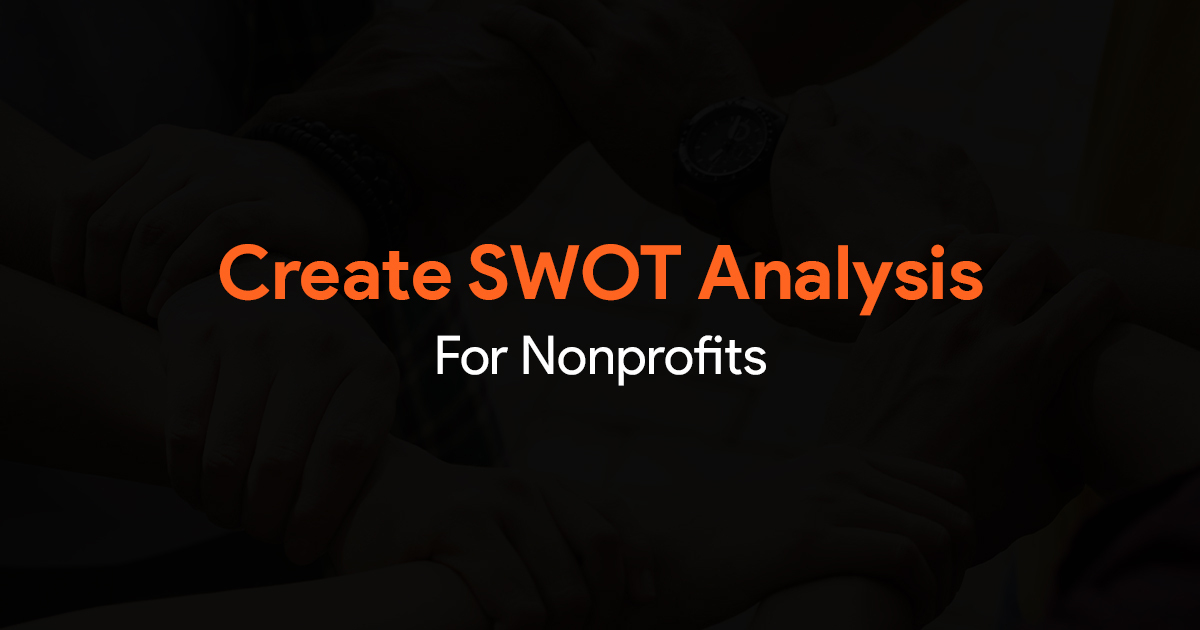- The Problem with Subjective Evaluation
- Establishing Objective Metrics to Measure Designer Performance
- Client and Stakeholder Feedback Metrics
- Business Impact Metrics
- Efficiency and Process Metrics
- Presentation Effectiveness Metrics
- Implementing a Data-Driven Evaluation System
- Overcoming Common Challenges
- Conclusion
Measure PPT Designer Performance Without Getting Into Subjective Taste Wars

In the high-stakes world of design and presentations, evaluating performance often devolves into opinions about aesthetics rather than objective assessment. “I don’t like the blue” or “This doesn’t feel energetic enough” are feedback statements that leave designers frustrated and managers without concrete ways to evaluate growth. The challenge lies in finding measurable, data-driven methods to evaluate design performance that transcend subjective taste preferences.
The Problem with Subjective Evaluation
Most design reviews suffer from the same fundamental issue: they rely too heavily on personal preference rather than objective criteria. This approach creates several problems:
1. Inconsistent feedback that changes based on who’s reviewing
2. Difficulty tracking improvement over time
3. Frustration among designers who feel their work is judged arbitrarily
4. Inability to tie design work to business outcomes
5. Promotion decisions based on who aligns with the manager’s aesthetic sensibilities
What we need instead is a framework for evaluating designer performance that focuses on impact and effectiveness, not just aesthetics.
Establishing Objective Metrics to Measure Designer Performance
The key to meaningful evaluation lies in establishing clear metrics that connect design work to measurable outcomes. According to Philip Van Dusen, quantifying designer performance requires “moving beyond subjective opinions by establishing quantitative measures tied directly to business and client outcomes, such as task completion rates, client repeat business, and the quality of design outcomes” (source).
Here’s how to build a comprehensive evaluation framework:
Client and Stakeholder Feedback Metrics
Rather than asking stakeholders if they “like” a design, structure feedback around specific outcomes:
– Client satisfaction scores on a 1-10 scale
– Percentage of projects requiring minimal revisions
– Client retention and repeat business rates
– Net Promoter Score (NPS) from clients
Duit Design highlights that “client feedback” is among the top KPIs for graphic design performance, alongside portfolio quality, creativity, technical proficiency, project outcomes, and time management (source).
Business Impact Metrics
The most powerful way to Measure Designer Performance is by tying it directly to business outcomes:
– Conversion rate improvements after design changes
– Engagement metrics (time on page, interaction rates)
– Revenue generated from campaigns using the designer’s work
– Cost savings from improved design efficiency
According to Itchol, “Design success is tied to clear goals that align with user needs and business KPIs.” Their research shows that “high-performing design-driven companies outperform industry growth benchmarks by up to 2x” (source).
Efficiency and Process Metrics
Performance isn’t just about the final output but also how efficiently it was produced:
– Average time to complete projects compared to estimates
– Number of revision cycles per project
– Resource utilization (time spent on billable vs. non-billable work)
– Adherence to project timelines
As MacPaw Tech notes, applying “SMART criteria to performance metrics helps ensure they are specific, measurable, attainable, relevant, and timely.” They recommend categorizing metrics into “client interaction (client satisfaction), task/project workflow (flow efficiency), and team atmosphere (team health)” for a holistic evaluation (source).
Presentation Effectiveness Metrics
For designers who create presentation materials, success metrics should focus on audience impact:
– Audience engagement (participation rates during presentations)
– Download and share rates of presentation materials
– Behavior changes following presentations
– Session views for digital presentations
MIT Sloan Management Review emphasizes that “presentation success can be measured by audience engagement metrics such as session views, active participation, download and share rates, and behavior changes.” They stress that “the key is to quantify action outcomes like adoption of new skills or behaviors rather than subjective impressions” (source).
Implementing a Data-Driven Evaluation System
Now that we’ve established what to measure, here’s how to implement an objective performance evaluation system:
1. Set Clear Expectations Upfront
Before projects begin, establish which metrics will matter. Define success criteria that both designers and stakeholders agree on. This prevents moving goalposts and subjective assessments after the fact.
2. Create Project Scorecards
For each major project, create a scorecard that tracks the relevant metrics. This might include:
– Client satisfaction rating
– On-time delivery (yes/no)
– Number of revision rounds
– Achievement of specific business goals
– Technical execution quality
3. Conduct Regular Data Reviews
Schedule quarterly reviews that focus on trends across multiple projects, not just individual designs. Look for patterns in the data: Is the designer consistently meeting deadlines? Are their designs consistently achieving business goals? Are clients consistently satisfied?
4. Separate Critique from Evaluation
Design critiques should happen throughout the process to improve work. Performance evaluations should happen at defined intervals and be based on the agreed-upon metrics. Don’t confuse the two.
5. Tie Growth Plans to Metrics
When areas for improvement emerge from the data, create specific growth plans tied to those metrics. For example, if a designer consistently requires more revision rounds than others, provide training and tools to help them better capture requirements upfront.
Overcoming Common Challenges
Even with the best metrics, you’ll face challenges when transitioning to a data-driven evaluation approach:
Challenge: Subjective Feedback Still Creeps In
Solution: Create structured feedback templates that focus reviewers on specific aspects of effectiveness rather than personal taste. Ask questions like “Did this design achieve its stated goals?” instead of “Do you like this design?”
Challenge: Not All Design Value Is Easily Quantifiable
Solution: Use a balanced scorecard approach that includes some more qualitative assessments alongside hard metrics. For these softer metrics, use multiple evaluators to reduce individual bias.
Challenge: Designers Resist Being “Reduced to Numbers”
Solution: Involve designers in developing the metrics. Explain how objective criteria protect them from arbitrary evaluations and help them demonstrate their true impact.
Conclusion
Measuring designer performance effectively requires moving beyond subjective taste preferences to focus on business impact, client satisfaction, and process efficiency. By establishing clear metrics tied to outcomes rather than opinions, you create an environment where designers can focus on creating work that delivers results, not just pleasing the subjective tastes of stakeholders.
The data is clear: design teams that focus on measurable outcomes consistently outperform those stuck in subjective evaluation cycles. As you implement these measurement frameworks, you’ll not only see improved performance but also increased designer satisfaction as they gain clarity on how their work contributes to larger business goals.
Remember, the goal isn’t to remove all subjective evaluation—design will always have an aesthetic component—but rather to ensure that performance measurement balances subjective and objective elements in a way that’s fair, growth-oriented, and focused on real impact.


